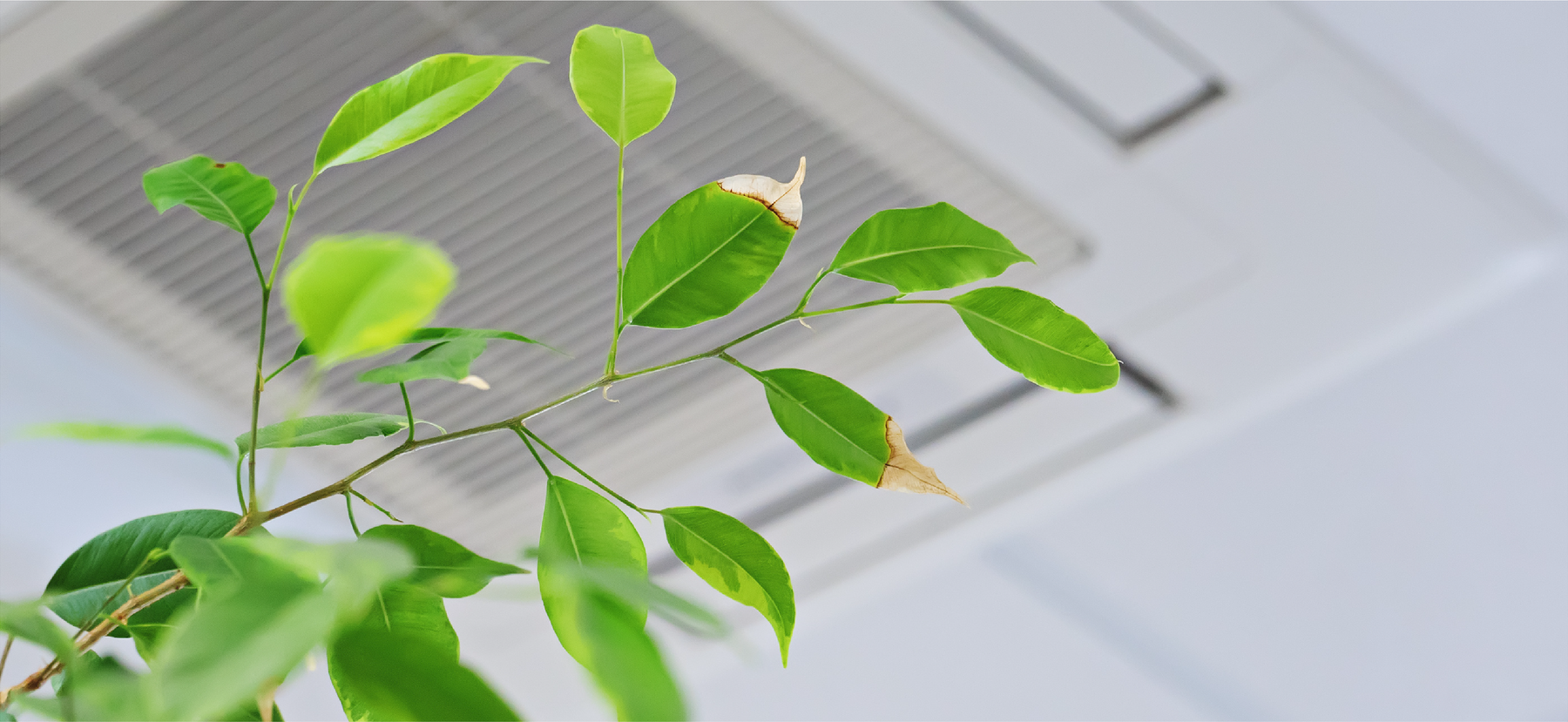
3 Ways to Improve Indoor Air Quality
People spend over 80% of their times indoors, which is why indoor air quality has become a top health concern. Various building materials, carpeting, paints, cleaning solutions, mold, pet dander, and poor ventilation can all have a negative effect on the quality of indoor air. Luckily there are some things you can do to reduce pollutants and improve indoor air quality.
Reduce pollutants at the source
The most effective way to improve indoor air quality is to eliminate or reduce the sources of pollution. By using a strong vacuum with a HEPA filter on carpets, edges, and furniture where dust accumulates, you can get rid of toxins and allergens. Proper matting in high traffic areas will reduce the amount of dirt, pesticides, and other outdoor pollutants from getting indoors.
Always remove odors at the source, don’t mask them! Odors are typically caused by residues made up of bacteria. Instead of putting unnecessary chemical based fragrances in the air to cover the odor, find out the source of the odor and use a natural odor eliminator.
The single highest contributor to poor indoor air quality is secondhand cigarette smoke. Never allow smoking in your home or business.
Improve ventilation
Proper ventilation assists in improving indoor air quality by reducing the number of contaminants and removing airborne pollutants. Ventilation can also help control indoor temperatures and humidity. A high level of indoor humidity is known to speed the growth of mold and other bacteria. Occasionally opening windows and closing the blinds will also help regulate indoor temperate and reduce pollutants.
Air cleaners
Air cleaners are a highly effective way to improve indoor air quality. They are essential to use during any cleaning project that involves a high level of airborne contaminants, such as mold removal, water damage remediation, and fire damage restoration. Products such as the B-Air 700 Air Scrubbers are portable, high-performing HEPA filtration systems. They work by drawing in surrounding air, then passing it through a three part HEPA filtration system to remove any airborne contaminants like dust, mold spores, pet dander, and pollen. Particles as small as .3 microns will be filtered out!

 Protect & Save with SuperFreak.
Protect & Save with SuperFreak.